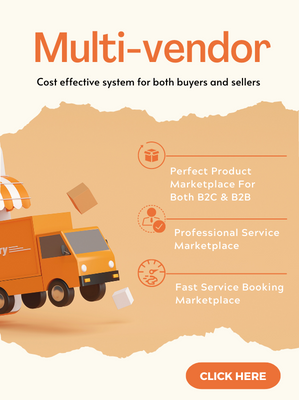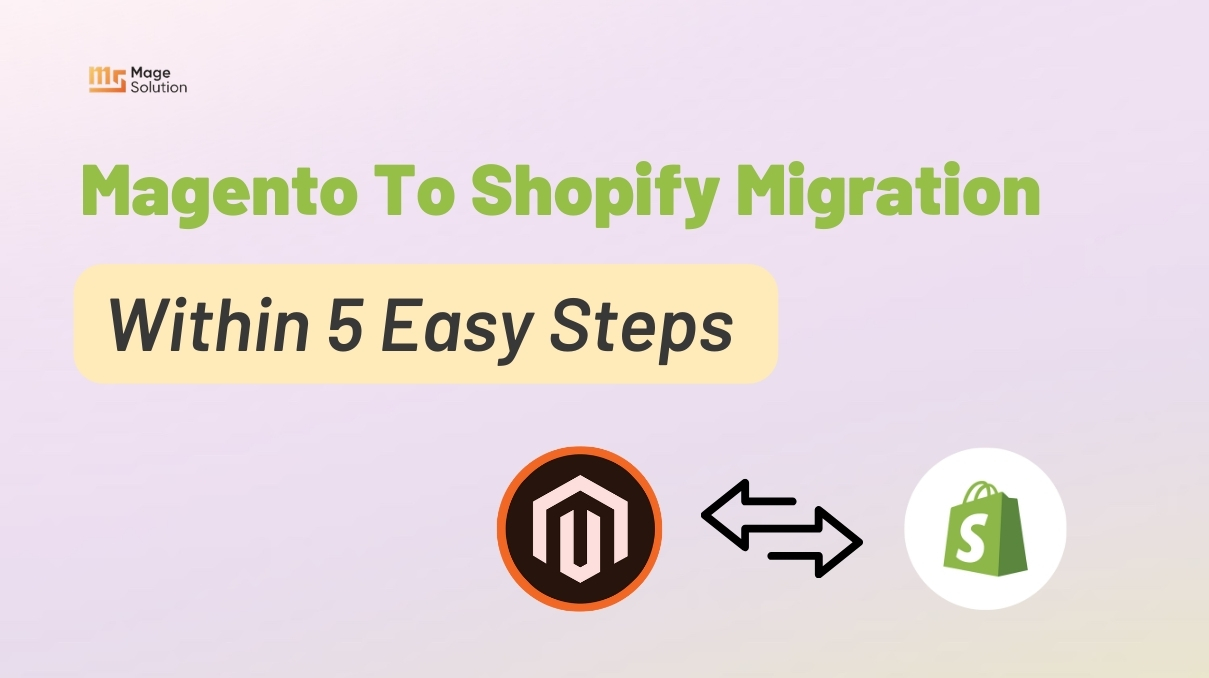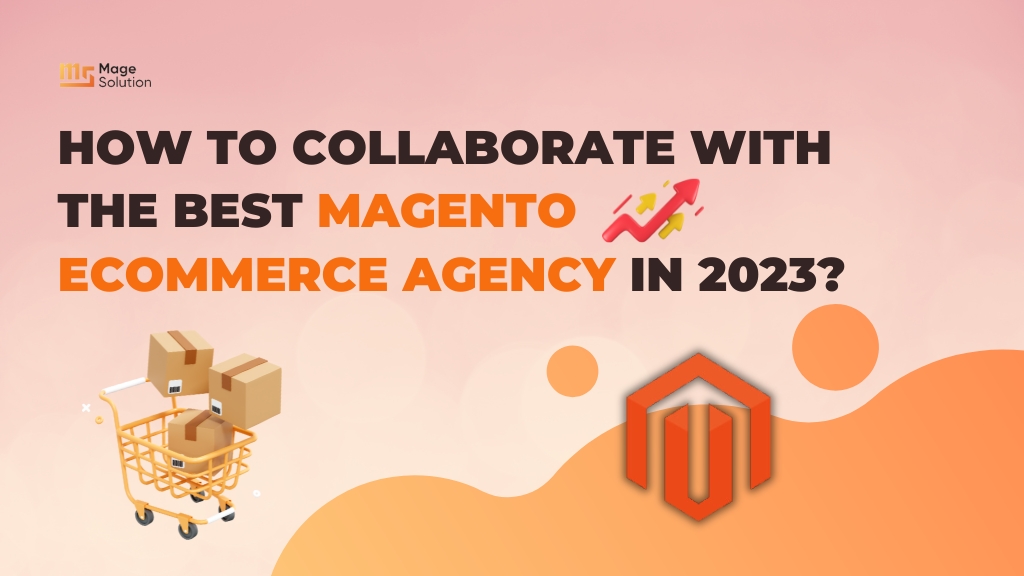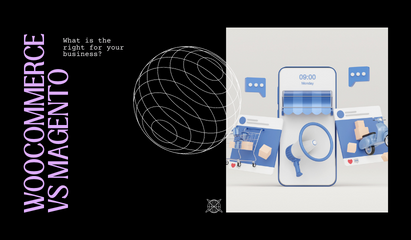Bigcommerce Vs. Magento: Key differences between them. There are many options out there for e-commerce platforms. It can be tough to pick the right one for your business. In this blog, we have taken a look at key differences between Bigcommerce and Magento. Hope you guys can find out a suitable platform to run your business.
BigCommerce vs Magento – Overview
Magento is an open-source, PHP-based ecommerce software that powers over 290,000 online stores worldwide. While BigCommerce powers over 62,000 online store that sell items online and process payments.
BigCommerce is a hosted platform like Shopify and Volusion. It comes with some highlight advantages such as ease of use, strong built-in functions, many support methods, and high security. Currently, BigCommerce is home to 42,455 online stores. Some of the famous brands are using BigCommerce platforms like Toyota, Kodak, and Ben & Jerry’s, etc.

- Related Stories: Magento Vs. Wix: Which one is suitable for your business?
Basic Differences between Magento 2 and BigCommerce
Ease of Use
An important factor when deciding on a cart system is how easy it is for beginners to use. Bigcommerce is much more beginner-friendly than Magento. Magento is well-suited for developers. So it is a bit difficult for beginners to navigate. Setting up a new Magento store is not simple since there are many steps to take including download Magento, set up FTP, transfer the Magento archive to your hosted system, etc. Hence, you would need help from experts or developers to finish the task.
If you’re interested in building a robust website based on Magento 2, you can book a free consultation with our experts to explore our Magento Development Packages. Together we can build with a business model and roadmap that match your requirements.
Bigcommerce has a clear, clean dashboard. That makes it easy for users to get their site up and running in no time. After opening up the dashboard, users are greeted by step-by-step instructions. The platform comes with a website builder that allows user to create and manage the store without web coding knowledge.
Features
Both ecommerce platforms come with built-in features and the ability to integrate features with add-ons.
Bigcommerce has marketing tools, several payment gateways, social selling, and more built in. Magento is by far the most robust in terms of features. Built-in Magento features include catalog management, product browsing, and customer accounts.
With the new checkout upgrades in Magento 2, customers can quickly and conveniently check out in one-page.
BigCommerce comes with over 100 different add-ons, with paid options requiring monthly payment. While Magento is open-source. There are way more add-on extensions;available at many different price points. This means store owners can add pretty much any feature imaginable.
As discussed previously, BigCommerce is simple to use. Advanced users or store owners desiring advanced functions may have a hard time creating a store exactly as they want it through Magento.
SEO
SEO is important for any ecommerce website, as 44% of online purchases begin with an online search.According to a ranking of the best ecommerce platforms for SEO<;based on the top SEO ranking factors, Magento is number one with BigCommerce in fourth. Out of every SEO capability evaluated in this study, Magento wins. Use thise-commerce platformto increase store traffic and visibility.
Community Support
Supporting for an e-commerce platform can define the differences between a successful store and a failed one. With a high number of users, Magento comes with a robust community. Magento has forums full of developers who are able to answer questions and are striving to make Magento a better platform. In addition, users can find support from the extension developers they purchase from.
Marketplace Functionality
Bigcommerce
When thinking of building a new ecommerce store, it is important to decide if you want to create a marketplace This can be a great way to increase sales and grow a business.If you’re looking to integrate existing marketplaces like Amazon, Ebay, Google Shopping, and others, BigCommerce comes with these capabilities. There is no option, though, to create a marketplace within a Bigcommerce store.
Magento
In contrast, there are several marketplace extensions for Magento. They can be integrated to create a thriving marketplace with advanced functionality like drop shipping, admin management, and frontend vendor product uploading, etc.
Hosting
Magento
Bigcommerce On the other hand, Bigcommerce is a hosted solution. So when choosing this shopping cart platform, you don’t have to find or pay for hosting.Hosting costs can figure into the overall expense of creating and maintaining a Magento website. Self-hosting means business owners can choose what features they want in a hosting plan, and what they want to pay for hosting Depending on your budget and demand, pricing differences between ecommerce platforms can play an important role;in making a choice. Bigcommerce Pricing: Here’s a quick snapshot of the BigCommerce pricing scheme: Bigcommerce stores that sell more than 125,000 USD per year are automatically enrolled in the pro plans. The price you pay also depends on the number of orders. Lower price plans come with limited features. For example, the standard plan does not include an abandoned cart saver, fraud monitoring, product filtering, and more. Price plans also come with different credit card processing rates. So on top of the monthly charge to use the software, online retailers need to factor in this additional cost. The standard plan is 2.9 percent + 0.3 USD per card transaction. If your store makes a lot of sales, this transaction fee can quickly rack up. Magento is free for users who only need to pay for hosting to get their ecommerce stores up and running. Magento Pricing: Magento users must also factor in the services of a developer to set up and manage the store.Overall, the cost of running a Magento site can be significantly less than BigCommerce once the monthly price of the software and transaction fees are factored in. BigCommerce Good design of an e-commerce website is another contributor to the success of an online store. Both ecommerce platforms come with free design templates BigCommerce has 7 free, sleek templates and many more paid ones from $145 to $235. Magento Since Magento is open-source, there are a lot more themes available from Magento Connect and third-party sites. Magento allows for customization of pretty much any aspect of design. That means you can create a store that looks exactly how you want it to look. While Bigcommerce only allows for certain design options. So the site you make will have a lot less customization ability. Both include responsively designed templates for a mobile-friendly shopping experience. Since more and more customers are choosing to shop via mobile devices, responsive design is a big plus for both platforms. The right ecommerce platform depends on what fits the size, budget, and features of a company.When choosing between possible ecommerce carts, such as between Magento and BigCommerce, it’s important to weigh the features, cost, design, and more.If you’re looking for a small to mid-level solution, BigCommerce might have just what you need. On the other hand, if you’re looking for an enterprise solution or one with extreme flexibility and the option to customize as the business grows, Magento is your best betPricing
Design
Conclusion




